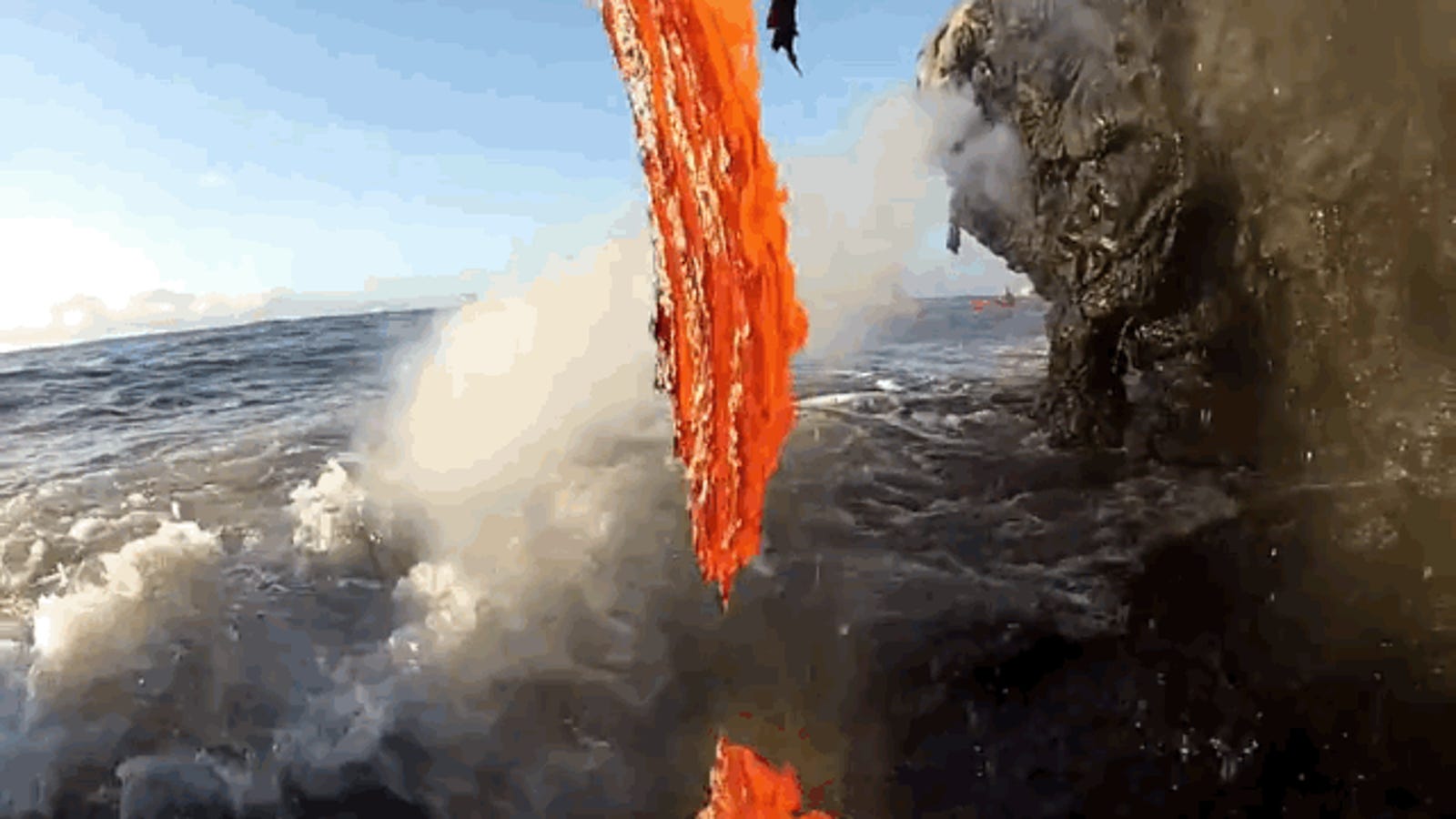

Pieces of pumice, like those created by Havre, are at first buoyant. A larger chunk of pumice was revealed to be the source of the discoloration. The Smithsonian also reported that about 75 percent of the lava created by Havre made it to the surface.
#Island volcano cave submarine cartoon Patch
After sending an email, a search got underway to discover the cause of this discolored patch of water. The eruption was discovered by a passenger on a commercial flight who noted a discolored patch of water in the ocean. Helens eruption, Havre occurred far from the public spotlight. Helens in 1980 in Washington State.īut, very much unlike the Mount St. As reported by Smithsonian, scientists have compared the eruption in size and result in the eruption of Mount St. Amazingly, some of the biggest individual volcanoes and the biggest volcanic chain are located in the. These underwater volcanoes act just like those on land. It is one of the world’s largest and its eruption in 2012 is the largest deepwater eruption ever recorded. Submarine volcanoes, or ‘underwater volcanoes’ are they are sometimes called, are vents or fissures located underwater, on the surface of the earth. It is located 3,000 feet, (900 meters) below the surface of the Pacific Ocean. One of the most notable eruptions of a submarine volcano occurred in 2012 when for ninety days lava spewed from fourteen events around the opening of Havre.

Pillow lavas are used to confirm volcanic activity throughout the ages of the Earth. They might also be formed of komatiite, boninite, rhyolite, and more. They are usually around one meter in diameter and made out of basalt. It takes its name from the pillow-shaped forms that are created as a result of the crust forming. In general, lava takes different shapes and forms when it cools underwater.Īs soon as the lava touches the water, a crust forms around it, creating what is known as pillow lava. These include pumice, tachylite, palagonite, Pele’s hair, Limu o Pele, and Sideromelane. There are a variety of different types of volcanic glass. Volcanic class is a product of the rapidly cooling magma. It is, in fact, sometimes transformed into volcanic glass. When a volcano erupts, the presence of water means that the magma will cool much faster than it would on land.

The fluid is propelled back into the ocean, creating a hydrothermal vent. This results in a chemical reaction in which the seawater is changed into a hydrothermal fluid. At volcanic sites, seawater runs into the seafloor, entering through cracks. The presence of water in and around a volcano changes the way that it acts.


 0 kommentar(er)
0 kommentar(er)
